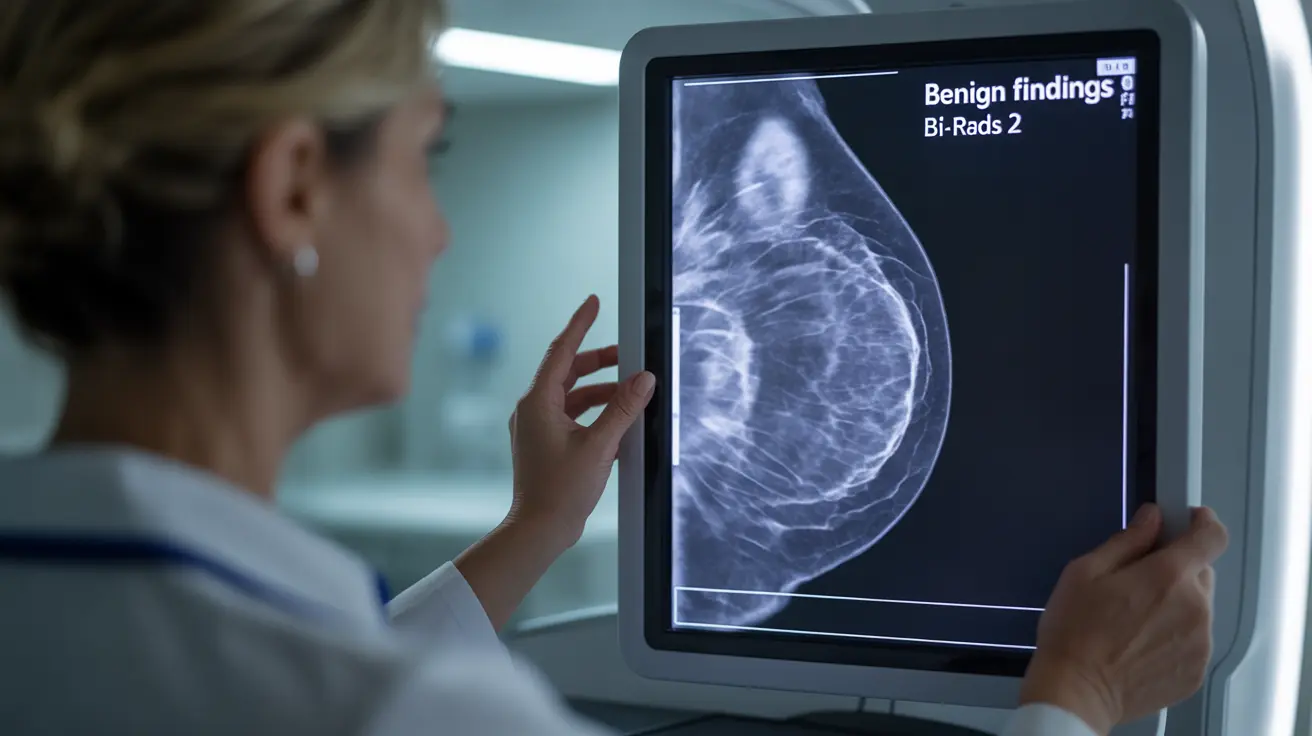When it comes to anal discomfort, two common culprits often come to mind: hemorrhoids and anal fissures. While these conditions can cause similar symptoms, they are distinct problems with different causes and treatment approaches. This article will explore the key differences between hemorrhoids and anal fissures, discuss treatment options, and provide insights into prevention and management strategies.
Understanding the nuances between these conditions is crucial for proper diagnosis and effective treatment. Whether you're experiencing symptoms or simply looking to educate yourself, this comprehensive guide will help you navigate the world of hemorrhoids and anal fissures with confidence.
Key Differences Between Hemorrhoids and Anal Fissures
Hemorrhoids and anal fissures may cause similar discomfort, but they are fundamentally different conditions. Let's explore the key distinctions in terms of their symptoms and causes:
Symptoms
Hemorrhoids typically present with the following symptoms:
- Painless bleeding during bowel movements
- Itching or irritation in the anal area
- Swelling around the anus
- A lump near the anus, which may be sensitive or painful
Anal fissures, on the other hand, are characterized by:
- Sharp pain during bowel movements
- Burning sensation that can last for hours after defecation
- Bright red blood on toilet paper or stools
- Visible tear or cut in the skin around the anus
Causes
Hemorrhoids are often caused by:
- Straining during bowel movements
- Chronic constipation or diarrhea
- Prolonged sitting on the toilet
- Pregnancy and childbirth
- Obesity
- Lack of fiber in the diet
Anal fissures typically result from:
- Passing large or hard stools
- Chronic diarrhea
- Inflammatory bowel diseases
- Childbirth
- Anal intercourse
- Reduced blood flow to the anal area
Treating Anal Fissures: Relief and Prevention
Treating anal fissures focuses on relieving pain, promoting healing, and preventing further tearing. Here are some effective treatment options:
Conservative Treatments
For mild to moderate anal fissures, conservative treatments are often the first line of defense:
- Sitz baths: Soaking the anal area in warm water for 10-15 minutes several times a day
- Stool softeners: To reduce straining during bowel movements
- Increased fiber intake: To promote softer, more regular stools
- Topical pain relievers: To alleviate discomfort
Medications
Your healthcare provider may recommend:
- Topical nitroglycerin: To improve blood flow and promote healing
- Calcium channel blockers: To relax the anal sphincter and reduce pain
- Botox injections: In some cases, to temporarily paralyze the anal sphincter and allow healing
Surgical Options
For chronic or severe fissures, surgical intervention may be necessary:
- Lateral internal sphincterotomy: A procedure to relax the anal sphincter muscle
- Fissurectomy: Removal of the fissure and surrounding tissue
Dietary Changes for Managing Hemorrhoids and Anal Fissures
Certain dietary modifications can help manage symptoms and promote healing for both hemorrhoids and anal fissures:
Increase Fiber Intake
A high-fiber diet can soften stools and reduce straining. Good sources include:
- Whole grains
- Fruits and vegetables
- Legumes
- Nuts and seeds
Stay Hydrated
Drinking plenty of water helps prevent constipation and keeps stools soft.
Avoid Irritating Foods
Certain foods can exacerbate symptoms and should be limited:
- Spicy foods
- Caffeine
- Alcohol
- Processed foods high in salt
Consider Probiotic-Rich Foods
Probiotics can promote digestive health and may help manage symptoms. Good sources include:
- Yogurt
- Kefir
- Sauerkraut
- Kimchi
Frequently Asked Questions
What are the key differences between hemorrhoids and anal fissures in terms of symptoms and causes?
Hemorrhoids are swollen blood vessels in the anal area, causing painless bleeding, itching, and swelling. They're often caused by straining, constipation, or prolonged sitting. Anal fissures are small tears in the anal lining, resulting in sharp pain during bowel movements and visible cuts. They're typically caused by passing hard stools, chronic diarrhea, or reduced blood flow to the area.
How do you treat anal fissures to relieve pain and prevent further tearing?
Treatment for anal fissures includes sitz baths, stool softeners, increased fiber intake, and topical medications like nitroglycerin or calcium channel blockers. In severe cases, Botox injections or surgical procedures like lateral internal sphincterotomy may be necessary. The goal is to relieve pain, promote healing, and prevent further tearing.
Can certain foods or dietary changes help manage symptoms of hemorrhoids and anal fissures?
Yes, dietary changes can significantly help manage symptoms. Increasing fiber intake through whole grains, fruits, and vegetables can soften stools and reduce straining. Staying hydrated is crucial. Avoiding irritating foods like spicy dishes, caffeine, and alcohol can prevent symptom exacerbation. Probiotic-rich foods may also support digestive health and symptom management.
What are the common risk factors that increase the likelihood of developing hemorrhoids or anal fissures?
Common risk factors for both conditions include chronic constipation or diarrhea, straining during bowel movements, pregnancy and childbirth, obesity, and a low-fiber diet. Specific to hemorrhoids, prolonged sitting and aging can increase risk. For anal fissures, inflammatory bowel diseases and reduced blood flow to the anal area are additional risk factors.
How can you prevent or reduce the risk of getting hemorrhoids or anal fissures?
Prevention strategies include maintaining a high-fiber diet, staying well-hydrated, avoiding straining during bowel movements, and not sitting on the toilet for extended periods. Regular exercise, maintaining a healthy weight, and promptly treating constipation or diarrhea can also help reduce the risk of developing these conditions. If symptoms persist, consult a healthcare provider for proper diagnosis and treatment.




